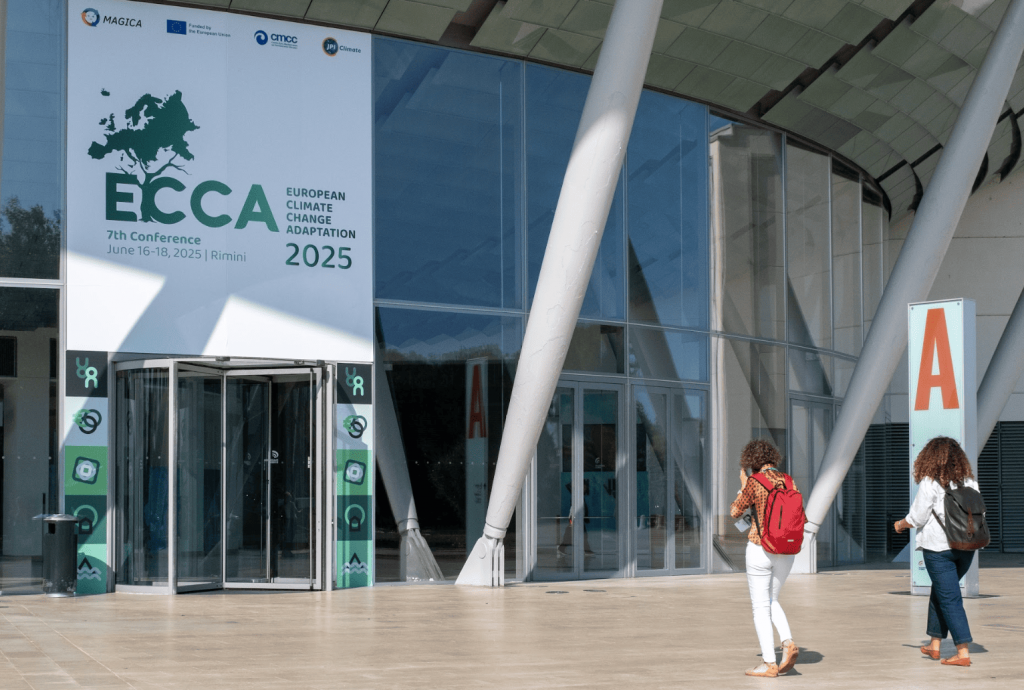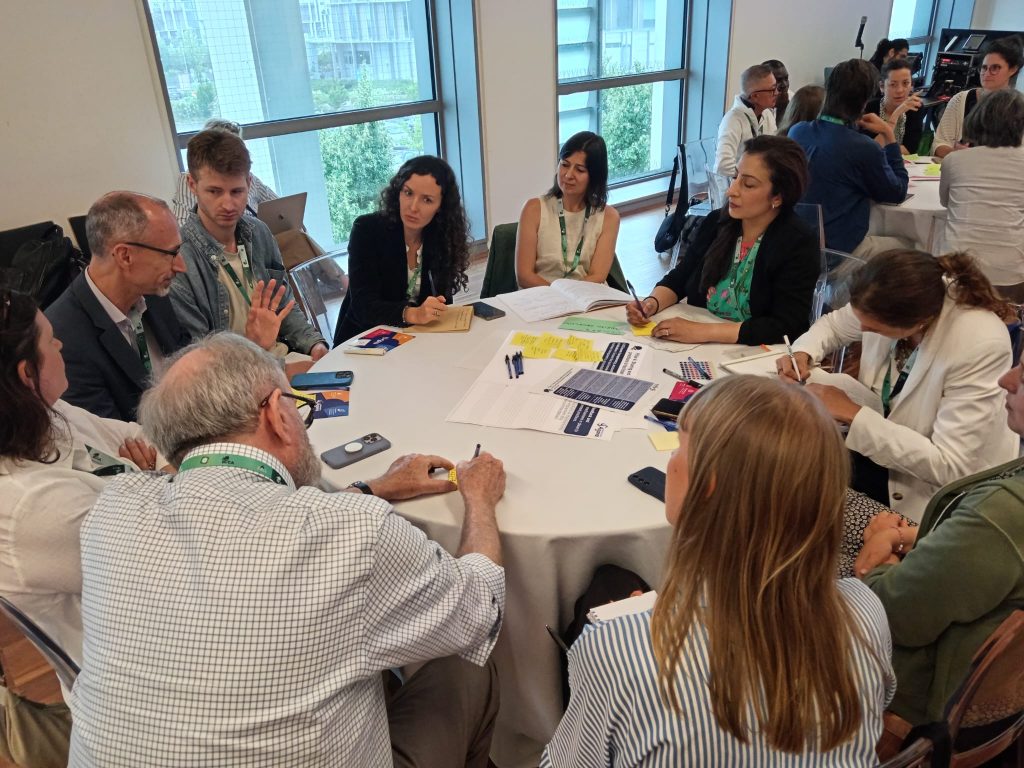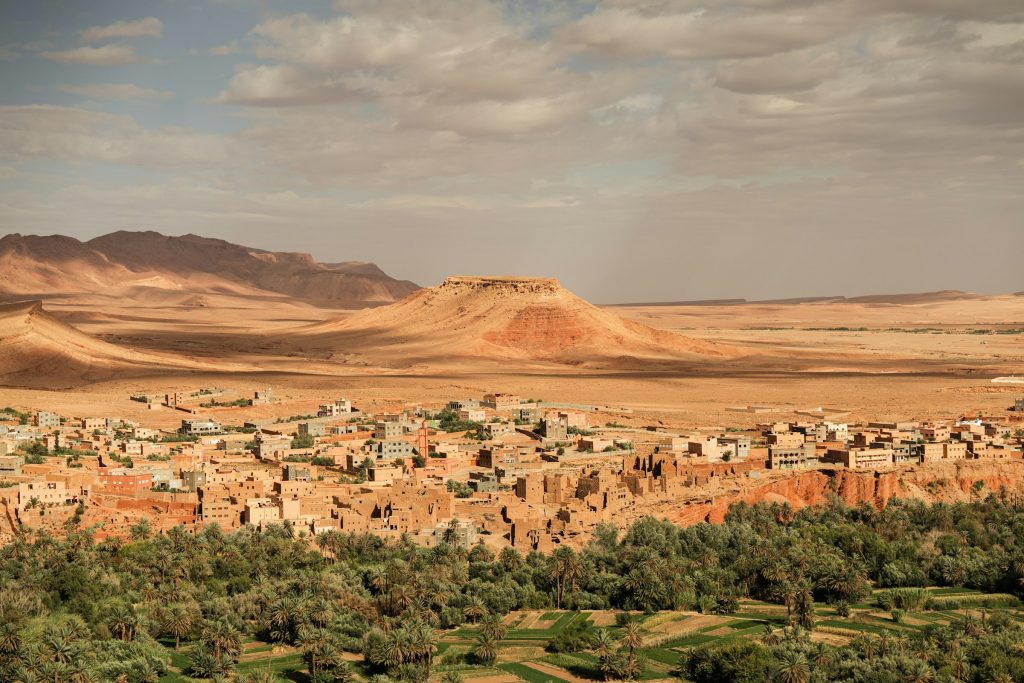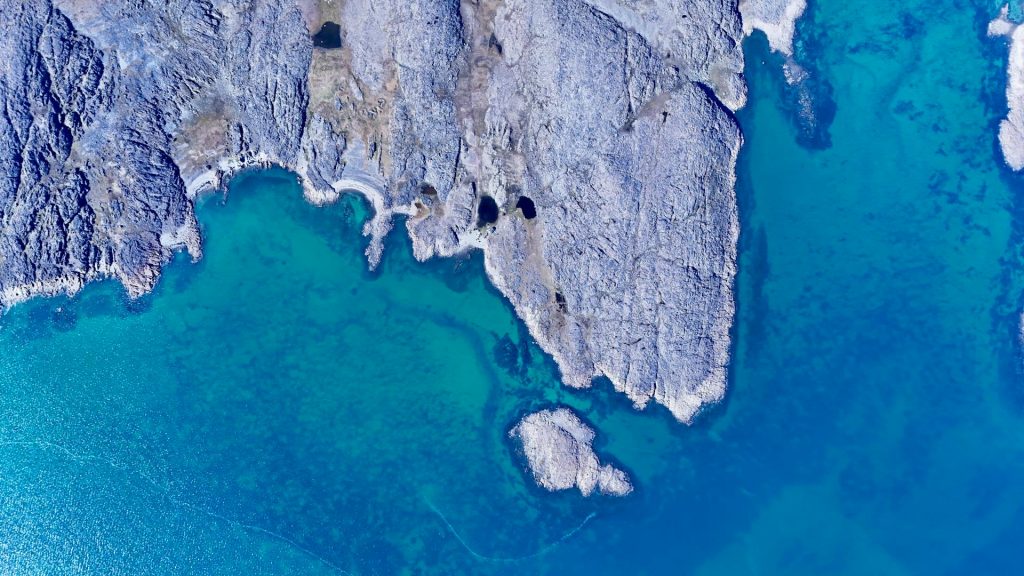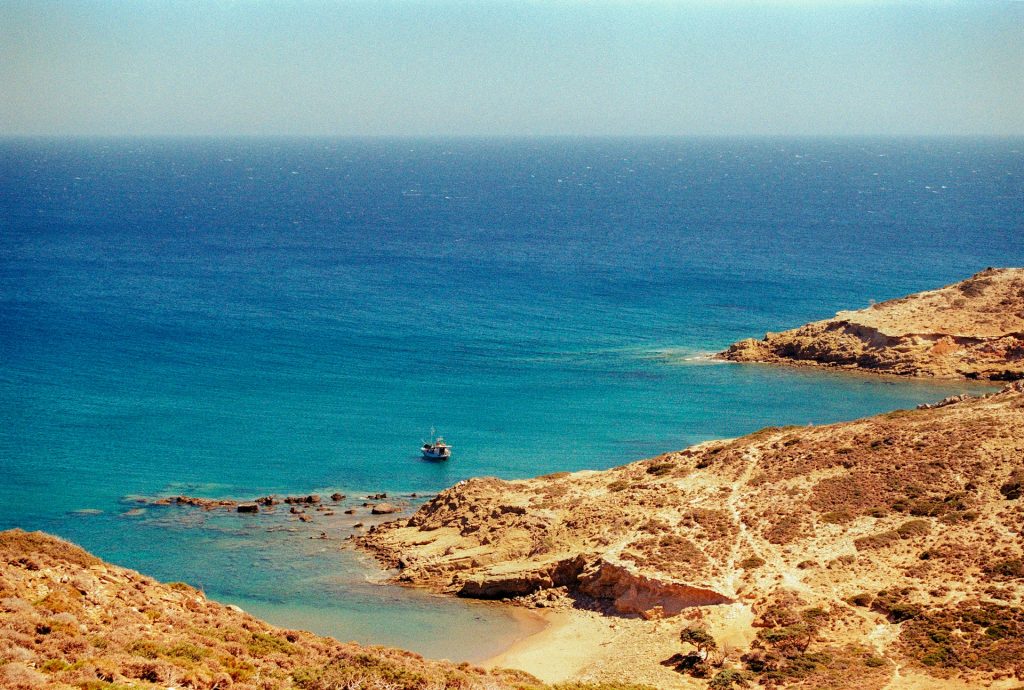
From forecast to action: The Mediterranean’s rising climate challenge
Home to over 500 million people across 22 countries whose lives are closely shaped by its waters, the Mediterranean Sea is not only a vital marine ecosystem but also one of the world’s most vulnerable climate hotspots, currently warming 20% faster than the global average. July 8th marks the International Day of the Mediterranean Sea — a moment to reflect on its importance and the urgent challenges it faces.

